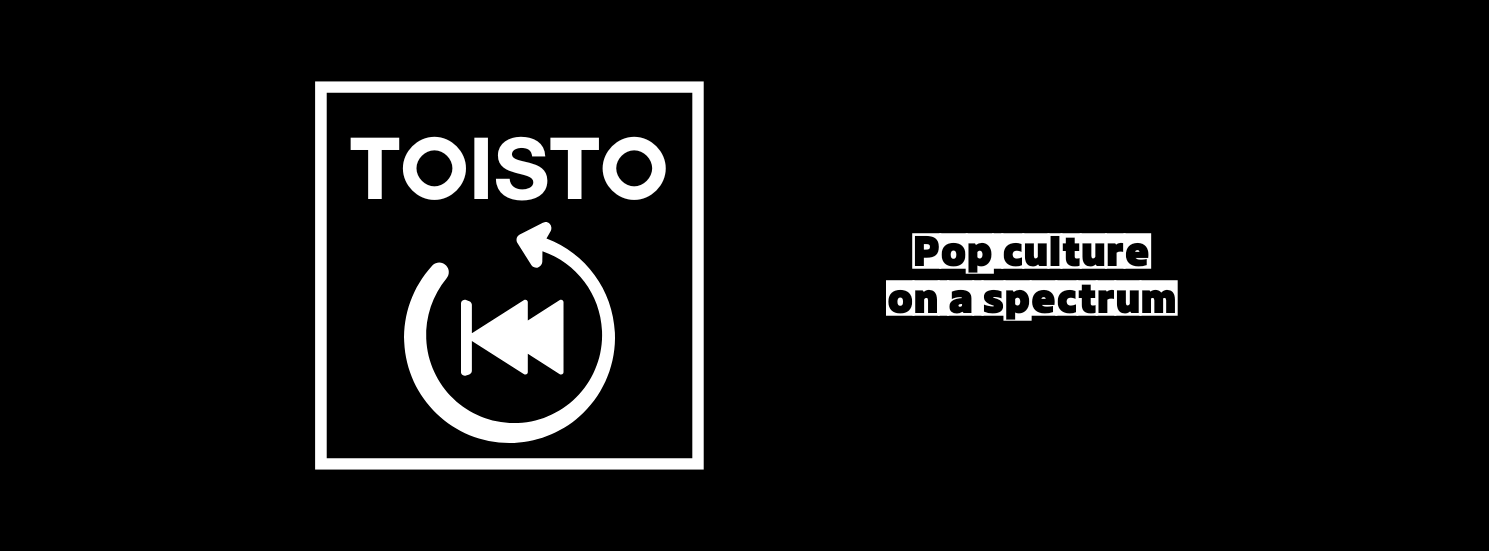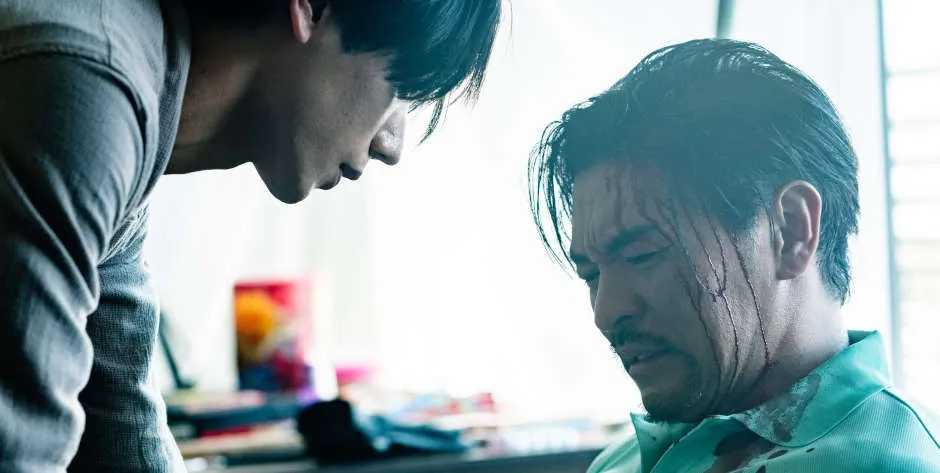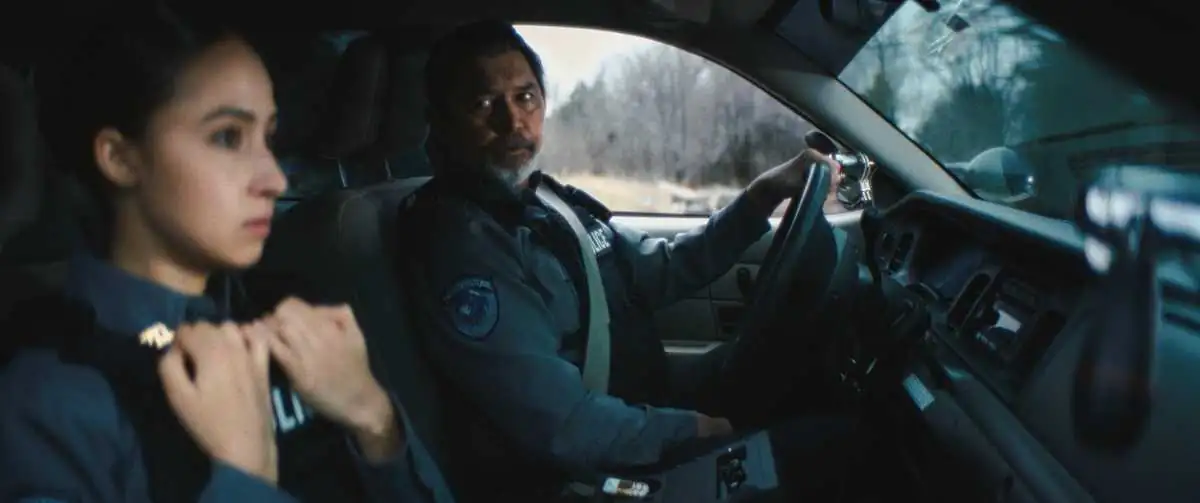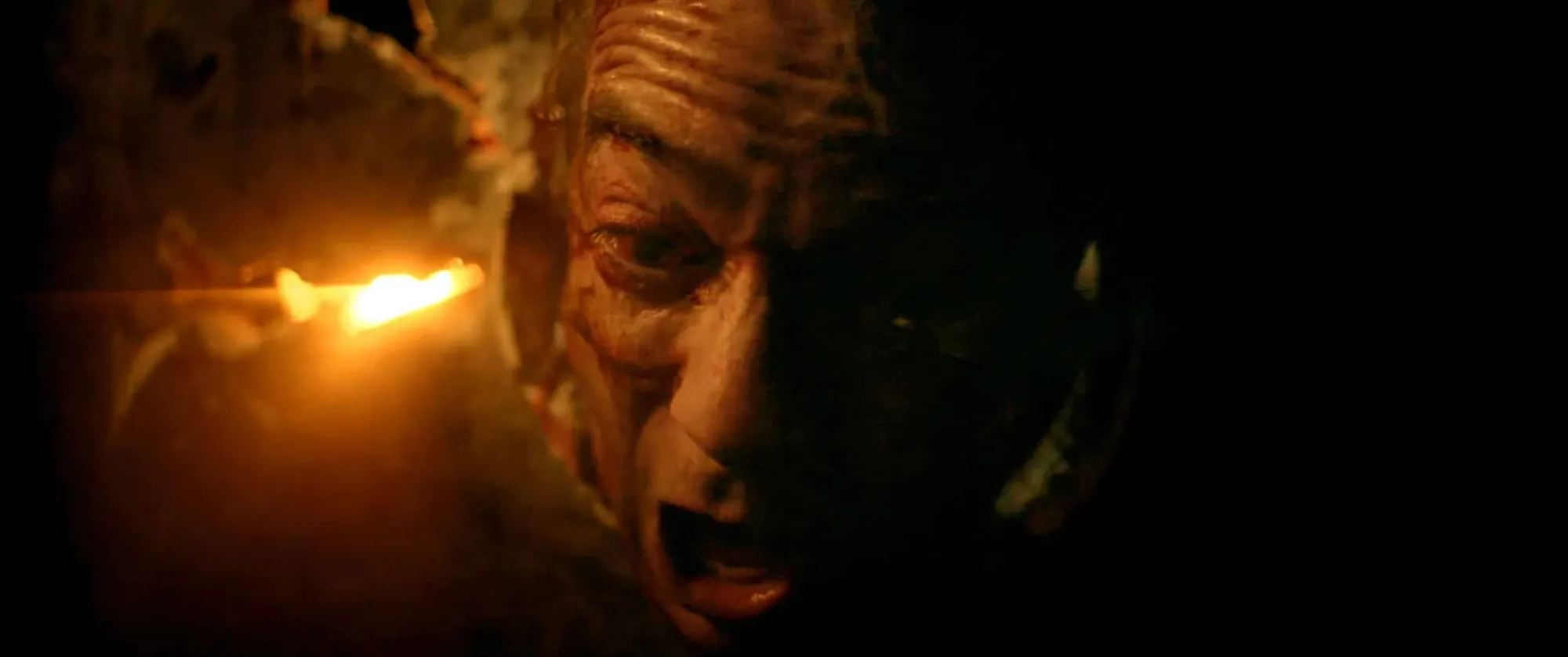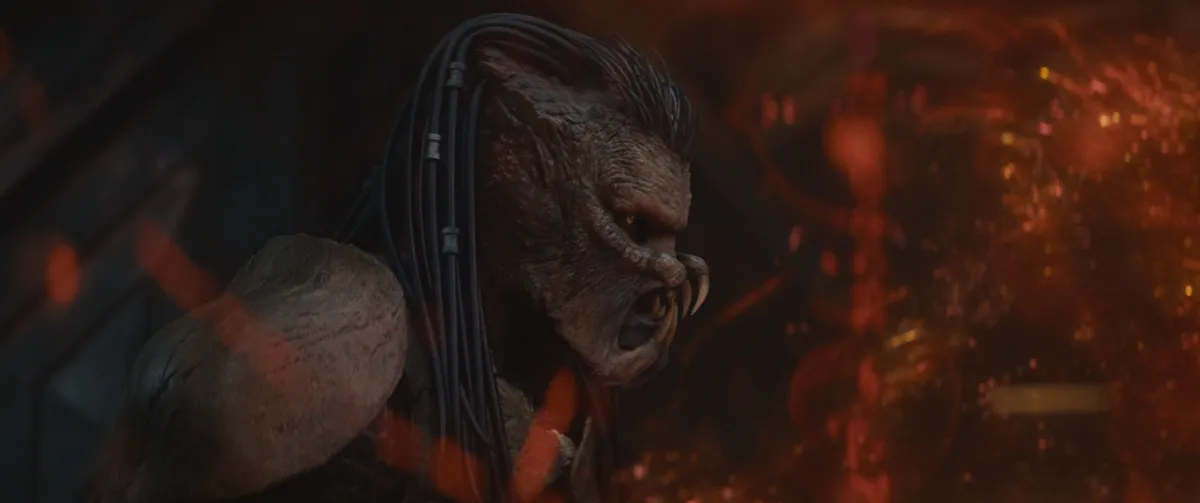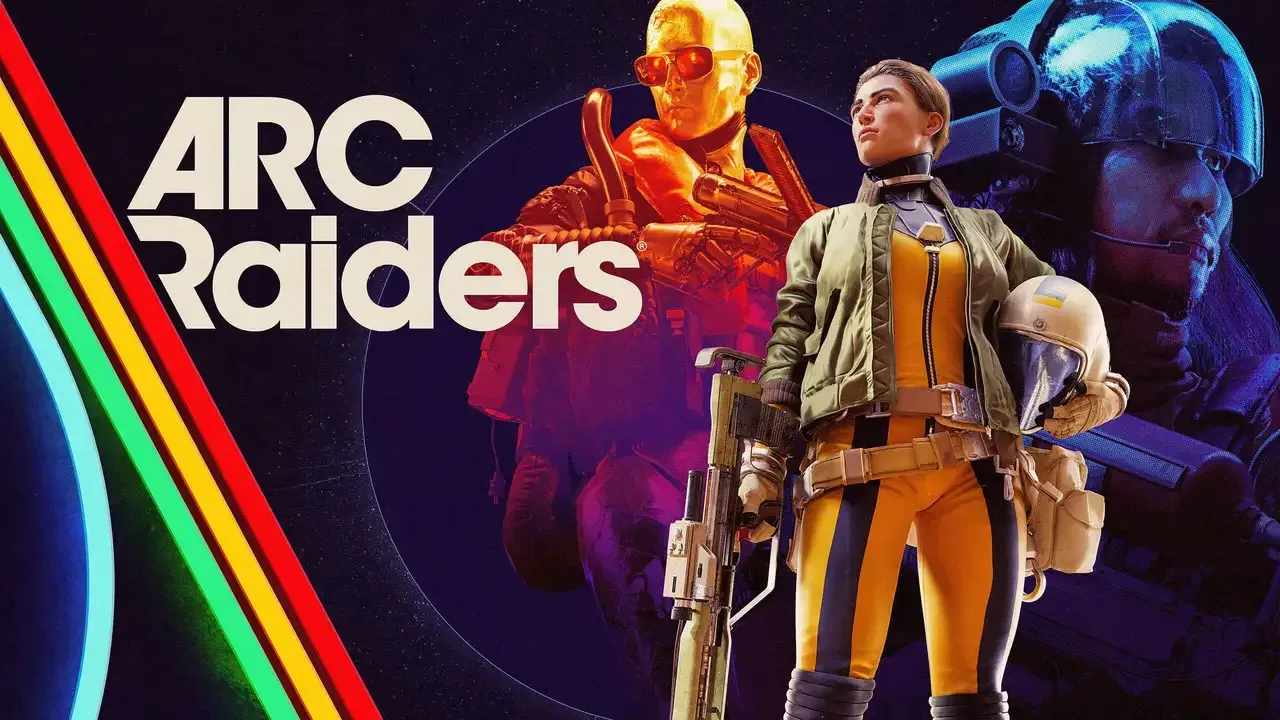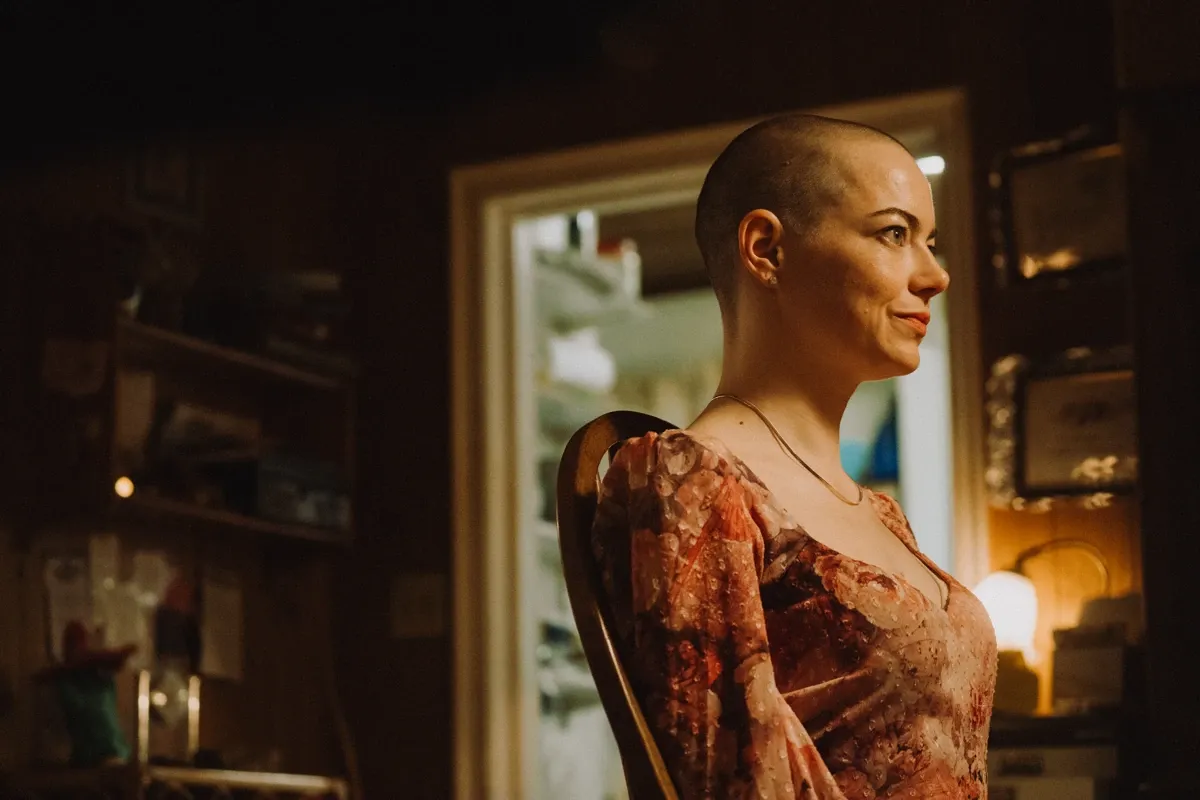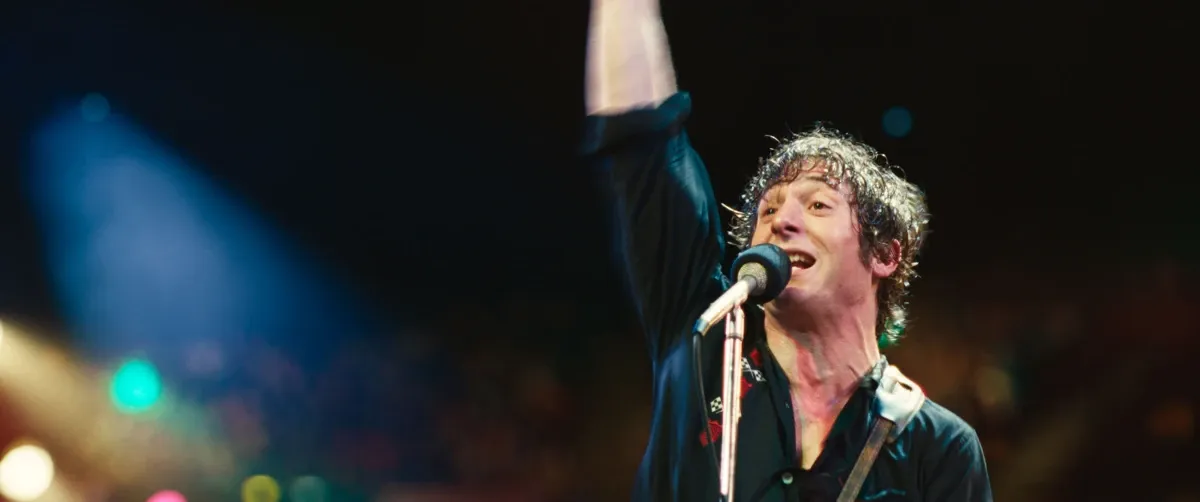Reviewed on: PC (Steam)
Distributor provided a review copy.
The last time I played a GUILTY GEAR game was more than ten years ago. By then, the mammoth underdog franchise was already a decade old. Now, after a month with STRIVE, the latest in the long-running series, I’ve come to two realizations.
The first is that I’m terrible, utterly terrible at GUILTY GEAR. The second is that it features one of the richest, most pleasurably nuanced combat systems I’ve encountered. I don’t understand all of it, but I love it for everything that confuses me.
GUILTY GEAR has been around for two decades now, and it has the lore to show for it. But, frankly, I don’t understand half of the plot, even after the excellent recap videos and dozens of Wiki visits. It’s immensely dense to the point of incomprehensibility, but that’s not unusual for a franchise with a dedicated fanbase like this. I spoke to friends who are really into the series, and, according to them, STRIVE is a brilliant culmination for the series.
To them, characters like That Man (yes, that’s his name) and Sol Badguy mean quite a bit more. But I must admit, I couldn’t get into the admittedly well-told story. Not at this point, at least. This doesn’t mean that the animated narrative that’s viewable separate from the game isn’t good. It just means there are many flashy fight elements with little cohesion for everyone but the converted.
For everyone else, STRIVE is a deeply complex and infuriatingly difficult fighter. It pushes against the grain in every department, eschewing most of the mechanics other flagship titles have embraced. However, as a lifelong STREET FIGHTER fan, I still occasionally feel lost trying to find the controls that are so different from STRIVE.
That’s why it’s taken a while to write a review. Anything less than a deep dive would be insulting to something like STRIVE. After the first week, I felt like I had the basics down. By the second, I dipped my toes into the online world and came back sorely whooped. Only in the third and fourth weeks did the game find its way into my spine. I’m barely functional with the basic cast, but now I have a sense of what each of the meters and combat mechanics do.
For example, take the Roman Cancel or RC for short. It’s a move unique to the series, which stops the attack actions and returns the player to their neutral state. This means you can instantly rattle off another series of combos without a long lag from the flourish. It also temporarily slows down the opponent’s movements if they’re within range of your activated RC.
At first, such a concept is wildly baffling. My attempts at even casual matches online usually ended with what professionals call “an ass-whooping,” usually because of RC. In one game, my character barely touched the ground as my opponent deftly juggled me around the map.
Between annihilation and victory lie numerous guarding mechanics (basic, faultless, slash, and blitz) and an array of attacks. Each is color-coded, and everyone takes a specific amount of tension to execute. Alongside that, tension allows for overdrive attacks, depleting the gauge entirely depending on the move.
All that is to say, GUILTY GEAR STRIVE is dense and richly textured. Even the basics require time and patience to get right, and that’s without breaking into the more nuanced combat styles. Every character — fifteen at launch — handles differently, ranging from reasonably easy to impossibly hard to control.
There are no two ways about it: GUILTY GEAR STRIVE is a jaw-droppingly gorgeous game. Everything from the fluid animations to the superb cutscenes stands out brilliantly.
It’s also a staggering feat of art design and engineering. The screen fills with dozens upon dozens of details, lighting effects, and motion lines at any given moment. Yet nothing feels messy or incoherent. Every action, countermove, and attack is easily recognized thanks to some brilliant game design. Different colored streaks indicate what type of attack is incoming, while vivid block markers always clearly indicate when you’re safe.
As someone wholly uninvested in the fighting game genre, I found this to be surprisingly kind to newcomers. For a daunting game in every other way, GUILTY GEAR does its level best to even the playing field, at least for a while.
The story mode, which allows you to watch the entire game from beginning to end without playing, is like a bonus. It is a full-fledged anime film that works surprisingly well on its own, even though the aforementioned lore does get in the way.
Upon launch, the roster of characters doesn’t compete with the likes of TEKKEN or STREET FIGHTER, but it really doesn’t need to, either. Instead, GUILTY GEAR aims for a different audience, and there’s almost a football team-level devotion that players impart to their favorites. And it’s not a wonder, for a series that’s been around this long, there’s bound to be strong emotions tied to it.
For newcomers, it doesn’t hold your hand quite as much as I’d like, even though the Mission Mode is a welcome addition. Sprinkled over numerous fights, it’s a one-off compilation of lessons that help flesh out the complex mechanics ahead. But as with the other Bandai Namco release, DARK SOULS, GEAR is as rewarding as what you put into it.
It might not be for everyone, but a rare few games can compete with the artistry and finesse that GUILTY GEAR has to offer.
